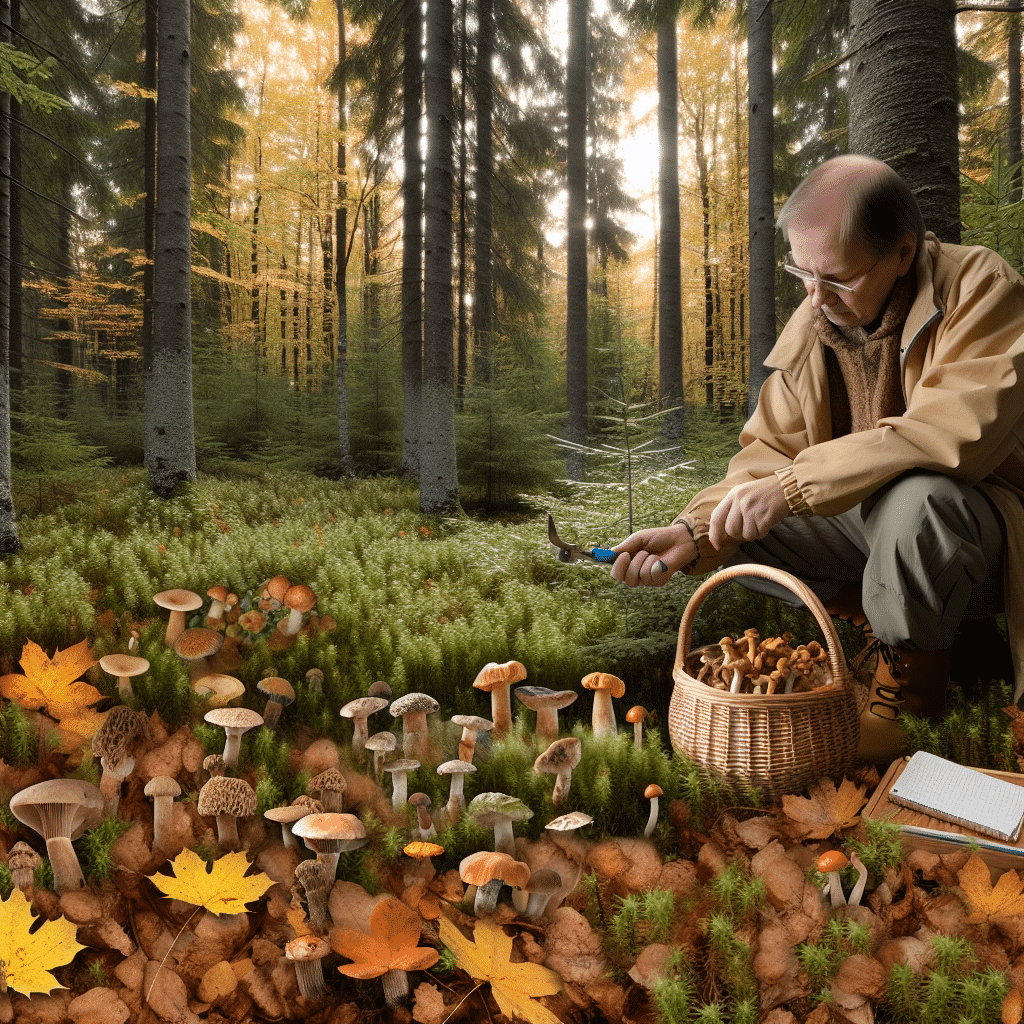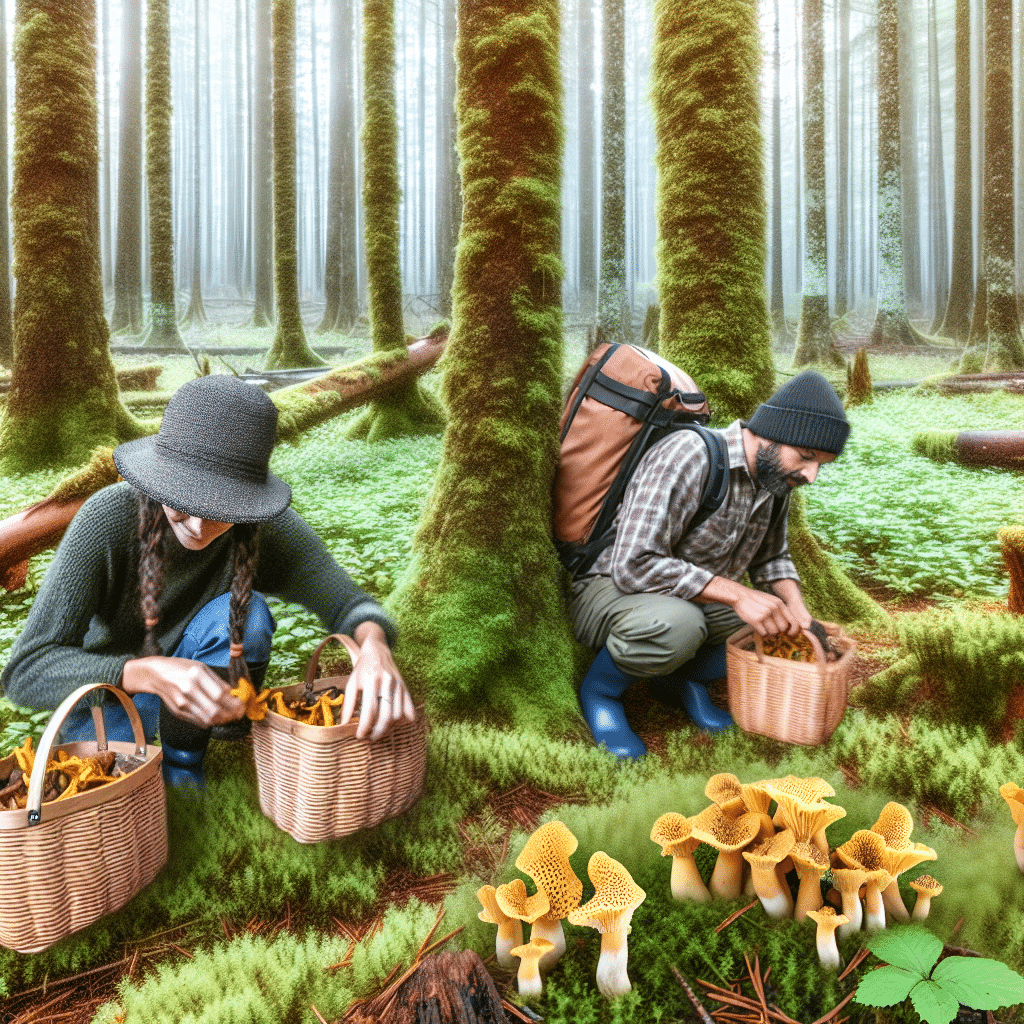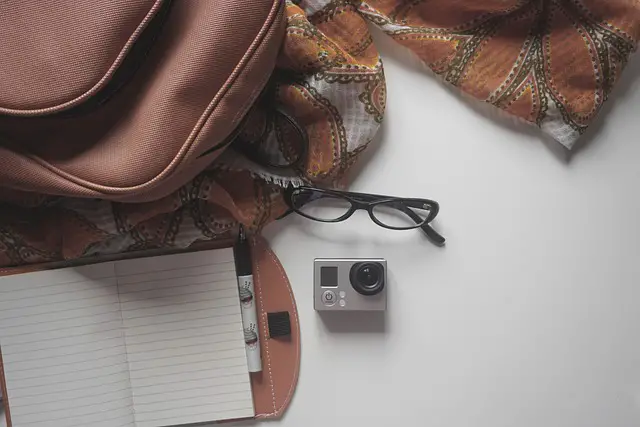Mushroom hunting, also known as foraging, is an ancient practice that has gained tremendous popularity in recent years. The allure of discovering a hidden treasure in the woods, coupled with the potential culinary delights, make mushroom hunting an exciting outdoor activity. However, for beginners, the world of fungi can be overwhelming and even dangerous if you don’t know what you’re doing. To help you on your journey, we’ve compiled some essential mushroom hunting tips that will enhance your experience and keep you safe.

Why Go Mushroom Hunting? The Benefits of Foraging
Mushroom hunting isn’t just about finding free food. It’s a deeply rewarding activity that connects you with nature, boosts mental well-being, and provides physical exercise. Walking through forests and fields, you become more attuned to your environment, noticing the subtle changes in flora and fauna. Plus, it’s a fantastic way to disconnect from the hustle and bustle of modern life and spend quality time with family and friends.
Nutritional and Culinary Delights
Wild mushrooms offer a variety of flavors and textures that are often unmatched by their cultivated counterparts. Many species are rich in nutrients, such as antioxidants, vitamins, and minerals, making them a healthy addition to your diet. However, proper identification is crucial before consuming wild mushrooms to avoid potentially toxic varieties.
What Equipment Do I Need? Essential Gear for Mushroom Hunting
To get started with mushroom hunting, you don’t need much, but there are a few essential items that can make your experience safer and more enjoyable.
Mushroom Guidebook
A reliable mushroom identification guidebook is invaluable. Look for books with clear photographs and detailed descriptions to help you distinguish between edible and toxic species. Digital apps can also be useful, but a physical book is often more reliable in the field.
Proper Clothing
Dress appropriately for the environment. Sturdy boots, long sleeves, and pants can protect you from ticks, mosquitoes, and thorny plants. Consider wearing bright colors to make it easier for companions to spot you in dense woods.
Collecting Tools
A small knife or scissors can help you harvest mushrooms without damaging the mycelium, ensuring future growth. Carry a basket or mesh bag for collecting your finds, as it allows spores to disperse as you walk, promoting future mushroom growth.
Where to Look? Best Locations for Mushroom Foraging
Mushrooms thrive in diverse environments, but certain habitats are particularly fruitful.
Woodlands and Forests
Deciduous forests, especially those with a mix of oak, maple, and birch trees, are prime locations for many popular edible mushrooms. Search near fallen logs, under leaf litter, and along the bases of trees.
Grassy Fields and Meadows
Some species, like the highly sought-after morels, prefer open fields and meadows. These areas are easier to search, making them ideal for beginners.
Wetlands and Riverbanks
Wet, humid environments are also excellent for mushroom growth. Look near streams, rivers, and swampy areas for a variety of fungi.
How to Identify Mushrooms? Key Tips for Safe Foraging
Proper identification is vital when mushroom hunting. Some mushrooms are toxic and can cause serious illness or even death.
Note the Environment
The habitat where you find a mushroom can offer significant clues about its species. Take note of the surrounding trees, plants, and soil conditions.
Examine Physical Characteristics
Look at the mushroom’s cap, gills, stem, and spore color. Is the cap smooth, scaly, or sticky? Are the gills attached, free, or decurrent? These features are crucial for accurate identification.
Cross-Reference Multiple Sources
Never rely on a single source for identification. Cross-reference your find with multiple guidebooks and possibly consult online forums or local mycology clubs for expert opinions.
Respect and Responsibility: Ethical Mushroom Hunting
As with all forms of foraging, ethical practices are essential to ensure sustainability and environmental health.
Harvest Responsibly
Only take what you need and leave some mushrooms behind to allow for spore dispersal and ecological balance. Avoid over-harvesting in popular areas.
Protect Natural Habitats
Stay on established trails as much as possible to minimize your impact on fragile ecosystems. Be mindful of other plants and animals that share the habitat.
Educate Yourself Continuously
The world of mushrooms is vast and constantly evolving. Regularly update your knowledge through books, workshops, and courses to become a more skilled and responsible forager.
Conclusion
Mushroom hunting is a fulfilling and adventurous activity that offers numerous benefits, from culinary delights to deep connections with nature. By following these mushroom hunting tips, you’ll enhance your experience, stay safe, and contribute to the sustainability of the ecosystems you explore. Whether you’re a novice or an experienced forager, the world of wild mushrooms is full of surprises waiting to be discovered. Happy hunting!



